Content from the Brookings Doha Center is now archived. In September 2021, after 14 years of impactful partnership, Brookings and the Brookings Doha Center announced that they were ending their affiliation. The Brookings Doha Center is now the Middle East Council on Global Affairs, a separate public policy institution based in Qatar.
The China-India dispute over the Doklam plateau and the two states’ subsequent fence-mending at the BRICS summit have brought into focus what will be one of the most important relationships in the future world order. While the last half-century has seen antagonism between India and China, in the context of thousands of years of civilizational cultural exchange, it is an anomaly resulting from strategic and economic interests. Cultivating awareness of this history amongst the publics of each country may provide one small step toward mitigating tensions, in contexts where policymakers wish to do so.
Chinese philosopher-diplomat Hu Shih once said that India conquered China culturally for 20 centuries without ever sending a soldier across its border; the statement is often taken to highlight the rich history of cultural ties between the two civilizations, rather than any nationalistic superiority. For millennia, India and China shared deep cultural norms, primarily through Buddhism, which shaped both societies in unique ways. Post-independence, this long history of peaceful cultural exchange manifested, via a conscious political effort, into a sense of bilateral solidarity, as seen in the Panchsheel Treaty. This solidarity, however, was largely concentrated amongst foreign policy and political elites, without corresponding dispersion amongst the Indian and Chinese publics.
Drivers of Cooperation
Even today, there are significant forces pushing for peace and cooperation between Beijing and New Delhi. The growing economic relationship has in some respects acted as an anchor preventing strategic relations veering too far into negative territory. For instance, China is India’s largest trading partner. Globally, the two have some converging interests as fellow rising developing countries. They seek fairer terms of trade. They call for a greater say in the running of global institutions, including economic institutions in which they share a degree of skepticism of neoliberal ideology. And, while maintaining differing visions of it, both China and India hold a preference for a multipolar world order.
Drivers of Conflict
Nevertheless, relations are strained by several factors which fuel the potential for conflict. Economic relations have been some cause for rivalry, including India’s large trade deficit with China, disputes over market access, and resource competition.
The recent Doklam clash is the result of lingering disputes over the border whose antecedents date back to the colonial era. These boiled over into war in 1962 when China launched offensives in Ladakh, simultaneously shattering bilateral peace and first Prime Minister Jawaharlal Nehru’s idealism.
Beyond individual disputes, India sees China as its main external threat. This is clear in the fact that India’s nuclear weapons program was largely aimed at defending against China, more than against Pakistan. In the eyes of Indian policymakers today, Beijing’s increasing strategic dominance in Asia and beyond represents an unknown force that may impinge on its own rise. This is in contrast to U.S. primacy in the region, which despite past rivalries, is a now considered known force; one that has facilitated the generally stable environment that enabled India’s economic growth since the 1990s. This has contributed to India’s support for U.S. positions on matters like freedom of navigation.
Furthermore, Delhi has long sought to deny external powers access to the South Asian region. China’s long-time partnership with Pakistan is an affront to this, including the Belt and Road Initiative’s (BRI) China-Pakistan Economic Corridor. India seeks to convince others, e.g. Sri Lanka, to halt or reduce Beijing’s strategic footprint in their territories, including through warning of the debt burden BRI could create for them. Additionally, Delhi has sought to build its own relationships with China’s neighbors, who seek more leverage in their dealings with Beijing, particularly Japan. India cooperated with Vietnam in exploring for minerals in the South China Sea and took steps toward selling Brahmos missiles to the country.
For its part, for many decades China saw India as more of an annoyance than a threat and today, as a somewhat “conditional” threat. Primarily, Delhi will be problematic to Beijing’s strategic agenda if, and to the degree that, India cooperates with any U.S. efforts to contain China. In particular, Beijing fears its trade routes being cut off in the event of a conflict with Washington. India could play a pivotal role given its strategic location in the Indian Ocean, between China and its Middle Eastern energy sources, African resource reserves, and European markets. These fears, combined with China’s support for Pakistan, have contributed to Beijing opposing Delhi on key strategic and symbolic matters like India’s ambitions for permanent membership of the U.N. Security Council and its joining of the Nuclear Suppliers Group.
That said, Chinese policymakers do not view an anti-China, Indo-U.S. alliance as a foregone conclusion. The direction of Beijing’s messaging in regard to disputes suggests that it sees India as a target for diplomatic persuasion and pressure, rather than a solidified strategic rival. At the BRICS summit, President Xi Jinping made a distinctly complimentary speech regarding India, and even allowed mention of Pakistan-based terror groups in the BRICS statement.
Why then did Beijing build a road in Doklam and trigger India’s ire? It may have been a testing exercise, similar to that which China has employed in other disputed territories like the South China Sea and East China Sea; pushing the boundaries to learn how neighbors react, and to what extent the United States becomes involved. In resolving the dispute, the leadership in Beijing was required to balance the domestic political necessity of seeming “tough,” with its interest in not pushing Delhi too far toward Washington. The fact that China’s decision to halt road-building occurred just prior to the BRICS summit in its city of Xiamen highlights the importance Beijing places on being seen as a benevolent power and future global leader, with BRICS as a key vehicle.
Harnessing Historical Awareness
Both countries’ overarching ambition—to rise in international standing—is underpinned by attributes that are common to the two countries. This includes a relatively high degree of historical awareness held by policymakers and the public, including both ideas of a “great pre-colonial past” and of colonial humiliation. Both states have more civilizational continuity than other major global powers. The dominant cultures and identities of India and China have undergone less transformation than other great civilizations of the Mediterranean and Middle East. The two societies maintain the value of hierarchy and are led by foreign policy elites that have ingested these values into their geopolitical worldviews and policymaking. On the one hand, these common attributes make reconciliation difficult, as issues of territory and sovereignty have added sensitivity.
On the other hand, focusing this awareness on the past millennia of peaceful coexistence and cultural exchange can assist policymakers in both countries to reduce the domestic political incentives for antagonism, on occasions where they seek to do so. Of course, to alter public perceptions, policymakers would need to reorient the post-independence Panchsheel era’s top-down approach, and make concerted attempts to engage ordinary people. If the Indian public viewed China in a broader context that includes linkages like China’s adoption of Indian Buddhism, rather than exclusively focusing on present-day sources of antagonism like Sino-Pakistan ties, it could provide leaders in Delhi greater room to maneuver on matters like the border dispute. Modi himself has opted to emphasize ties via Buddhism and Hinduism in his outreach to Southeast Asia and South Asia. To highlight cultural ties to the other country’s publics, Delhi and Beijing could deploy various soft power tools including: educational exchange, social media, traditional media, tourism, and greater resourcing of public diplomacy centers like the Nehru Centers and Confucius Institutes.
Of course the overriding power of divergent geopolitical interests may mean the risk of conflict will remain in the medium term. Nevertheless, making efforts in the aforementioned directions may present at least one avenue for greater trust in one of the 21st centuries most important relationships.
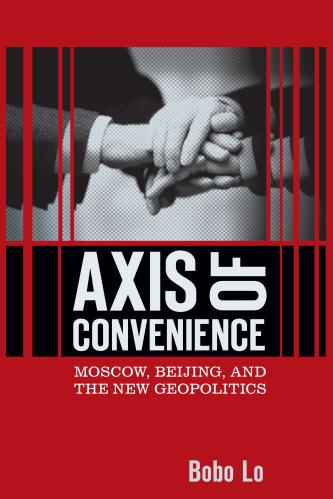
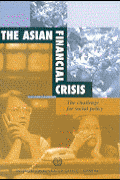
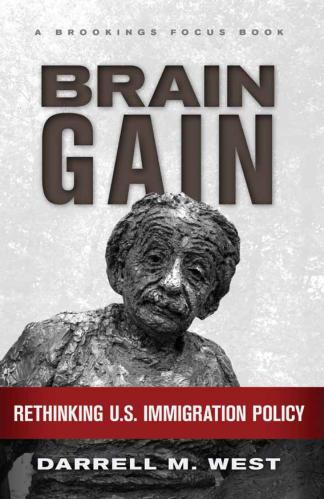

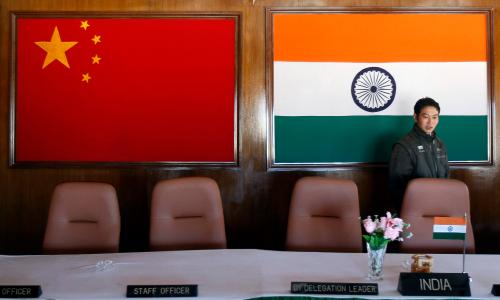
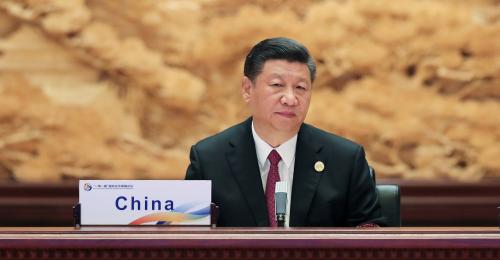

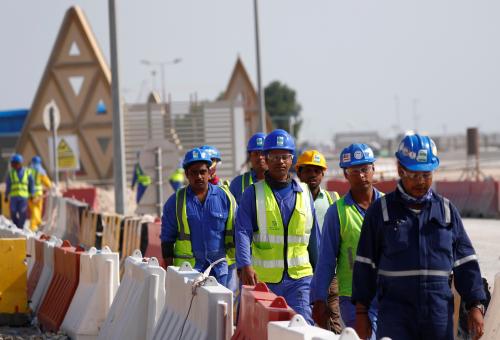


Commentary
China-India relations: Millennia of peaceful coexistence meet modern day geopolitical interests
October 13, 2017